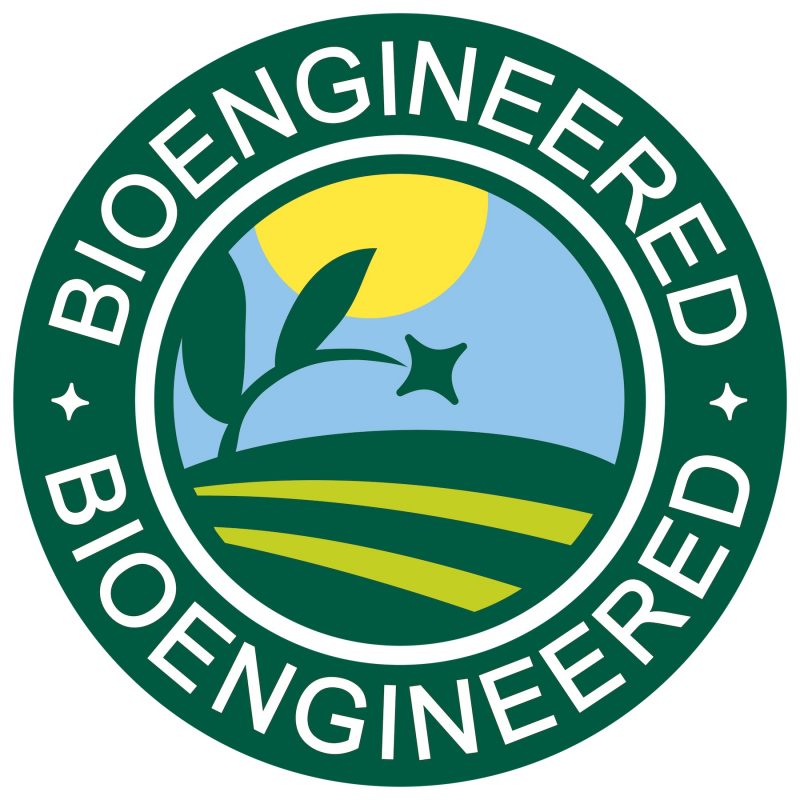Since its inception in 2007, the Non-GMO Project has advocated for meaningful, mandatory labeling of GMOs. And we are not alone: 65% of Americans believe GMOs should be labeled. So, when the incoming federal labeling law for bioengineered (BE) foods was released, we hoped it would meet the public’s desire for transparency.
We were disappointed. The BE labeling law, as written and passed in 2016, overlooks many products made from GMOs, making it insufficient. Meanwhile, labeling guidelines do not provide clear information to consumers about the food they are serving to their families.
Here’s what you can expect as this law becomes mandatory on January 1, 2022.
“Bioengineered” means GMO — just not all GMOs.
The Non-GMO Project’s definition of GMOs includes all the products of genetic modification covered by the BE labeling law. But the Butterfly doesn’t stop there. As the technology that drives genetic modification continues to evolve, the products of new GMO techniques like gene editing are entering the supply chain.
The Non-GMO Project Product Verification Program keeps the products of new GMO techniques from being verified. At the same time, our research team tracks developments in biotechnology to stay ahead of impacts on the food system.
By adopting the term “bioengineering,” this law selects language that’s unfamiliar to most shoppers. People know about GMOs. Most people do not know much about bioengineered food. The term causes consternation and the furrowing of brows.
For the BE food labeling law to truly serve consumer needs, it must be clear, transparent, and able to keep pace with the technology it is meant to identify.
BE labeling options could cause confusion
The BE labeling law allows several options for how the Bioengineered disclosure appears on packaging. Brands might display the BE symbol or include a line of text. They might opt for a digital code or a contact phone number that would provide the inquisitive shopper with more information. These options offer flexibility to the manufacturer, but they also make information less accessible to people in stores. Electronic disclosures exclude people who face barriers to technological access, such as residents of rural areas or people who come from a low-income background. Anyone who isn’t comfortable with pocket-sized tech or who is shopping with small children could also be impacted.
With each step away from clear and equally accessible labeling, the average shopper gets less information, compromising the very purpose of an effective labeling program.
Want to keep GMOs out of your shopping cart? Look for the Butterfly
What gets left out of the BE labeling law is just as important as what’s included. For the 40% of shoppers looking to avoid GMOs, a “bioengineered” disclosure isn’t enough.
Which GMOs are overlooked under the BE labeling law?
- Most products of new GMO techniques like CRISPR gene editing won’t require a BE disclosure. That’s because the law focuses on foods containing detectable modified genetic material in the final product. Products that contain GMOs made with new techniques are currently untestable.
- Foods that are heavily processed contain little or no intact genetic material for accurate testing, so they also fall outside of BE disclosure. That includes very common products like sugar and cooking oil, as well as packaged goods that contain such ingredients.
- The BE labeling law only applies to food intended for direct human consumption. GMO crops for livestock feed take up millions of acres of agricultural land and ultimately support the human food supply—but the BE labeling law does not look at it. Because of the sheer volume of GMO commodity crops grown for livestock feed, choosing Verified meat, dairy, and eggs is the key to building a non-GMO future.
There are also complexities in the new law that prevent GMOs in multi-ingredient products from being disclosed. For example, a canned soup containing GMO corn would not require disclosure if the formulation lists meat as the first ingredient. Under the BE labeling law, it doesn’t matter that the corn is prevalent and plainly visible in the product or that 92% of corn grown in the U.S. is genetically modified. It doesn’t even matter that the corn might have detectable modified genetic material. With meat as the first ingredient, the product is not subject to disclosure. Even if water, broth or stock is the first ingredient and meat is the second, the loophole still applies because those kinds of liquids don’t count.
With so much remaining outside the scope of the BE labeling law, looking for a “bioengineered food” label may not be effective at keeping GMOs out of your shopping cart. These undisclosed genetically modified ingredients still contribute to GMO agriculture and acreage and the destructive, chemical-dependent practices that go with it.
At the Non-GMO Project, we believe that everyone has the right to know what’s in their food and to choose whether to consume GMOs. We welcome and encourage meaningful labeling of GMOs. The effectiveness of any labeling program relies on transparency, so the average person can understand quickly and easily what is being disclosed.
Until the BE labeling law meets that criteria, looking for the Non-GMO Project Verified Butterfly remains your best option to avoid GMOs.
Source: Living Non-GMO
To view source article, visit:
https://livingnongmo.org/2021/05/24/what-you-need-to-know-about-bioengineered-be-food-labeling/
Organic & Non-GMO Insights June 2021









